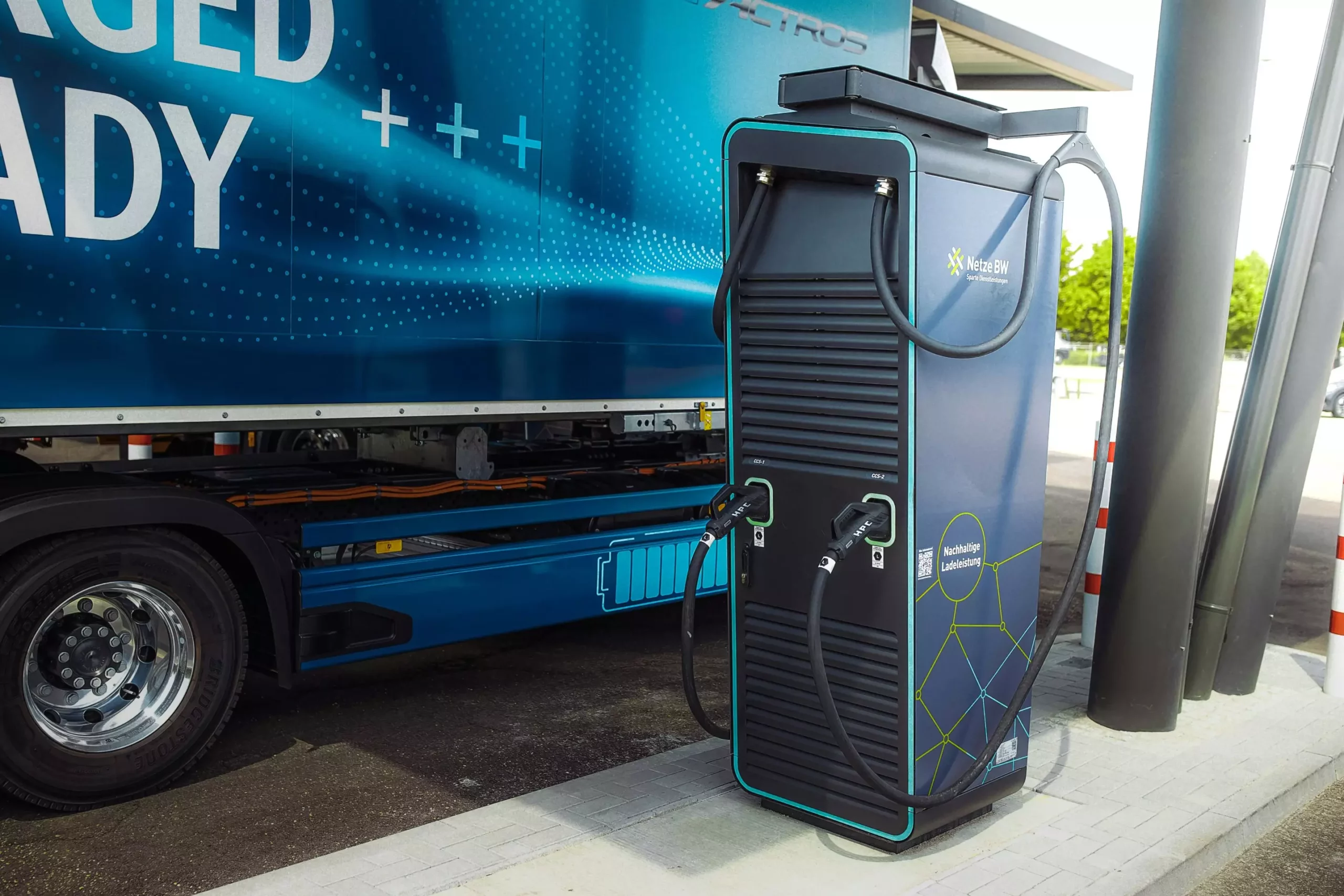Australia’s transport sector is facing a significant challenge when it comes to emissions. It is currently the third-largest and fastest-growing source of emissions in the country, accounting for a substantial 23% of the total. Without intervention, it is projected to become the leading source of emissions by 2030. The increase in transport emissions from 2022 to 2023 alone was a significant 3.6%.
One of the key contributors to transport emissions is the on-road diesel vehicles, especially in the freight sector. Emissions from diesel vehicles saw a 3.7% increase, highlighting the need for immediate action to address the growing carbon footprint of these vehicles. The number of diesel vehicles in Australia has grown by a staggering 84% since 2014, compared to a mere 5% increase in petrol vehicles.
One of the most effective ways to reduce emissions in the transport sector is through the electrification of vehicles. While it’s relatively straightforward to electrify cars, the same cannot be said for trucks, which present a more significant challenge. Recent research focused on evaluating the lifecycle emissions of low-emission trucks, specifically electric and hydrogen trucks, in comparison to traditional diesel trucks.
The research findings indicate that electric trucks are a more efficient and faster option for decarbonizing road freight in Australia, meeting the legislated emission reduction targets. In some cases, hydrogen trucks were found to have emissions intensities two to three times higher than electric trucks, showcasing the superiority of electric vehicles in reducing carbon emissions in the freight sector.
The lifecycle emissions of electric and hydrogen trucks were analyzed across different scenarios involving renewable energy mixes and adoption rates. The study considered emissions from fuel and electricity production, truck manufacturing, maintenance, and end-of-life disposal. Scenarios with high rates of renewable energy and adoption of electric and hydrogen trucks showed significant reductions in emissions compared to scenarios with fossil fuels.
Despite the benefits of low-emission trucks, the adoption rate remains a challenge due to various factors. Higher purchase costs, total ownership costs, limited supporting infrastructure, and uncertainty about performance and costs are some of the barriers hindering the widespread adoption of electric and hydrogen trucks in the freight sector.
To overcome these barriers and accelerate the shift towards low-emission trucks, a combination of industry interventions and policies is essential. Global investment in manufacturing, tighter emission standards, government investments in infrastructure like charging stations, and incentives such as subsidies can facilitate the transition to greener freight services.
Fleet decarbonization alone is not sufficient to achieve significant emissions reductions in the transport sector. A holistic approach that includes managing demand, shifting freight to rail, and optimizing freight distribution is crucial. Without comprehensive measures, Australia’s reliance on fossil fuels will continue to deepen, making it increasingly challenging to meet emission targets.
Decarbonizing Australia’s freight sector is a complex but necessary endeavor to combat climate change. By embracing electric and hydrogen trucks, implementing supportive policies, and adopting a holistic approach to emissions reduction, the country can make significant strides towards a cleaner and more sustainable transport system.


Leave a Reply